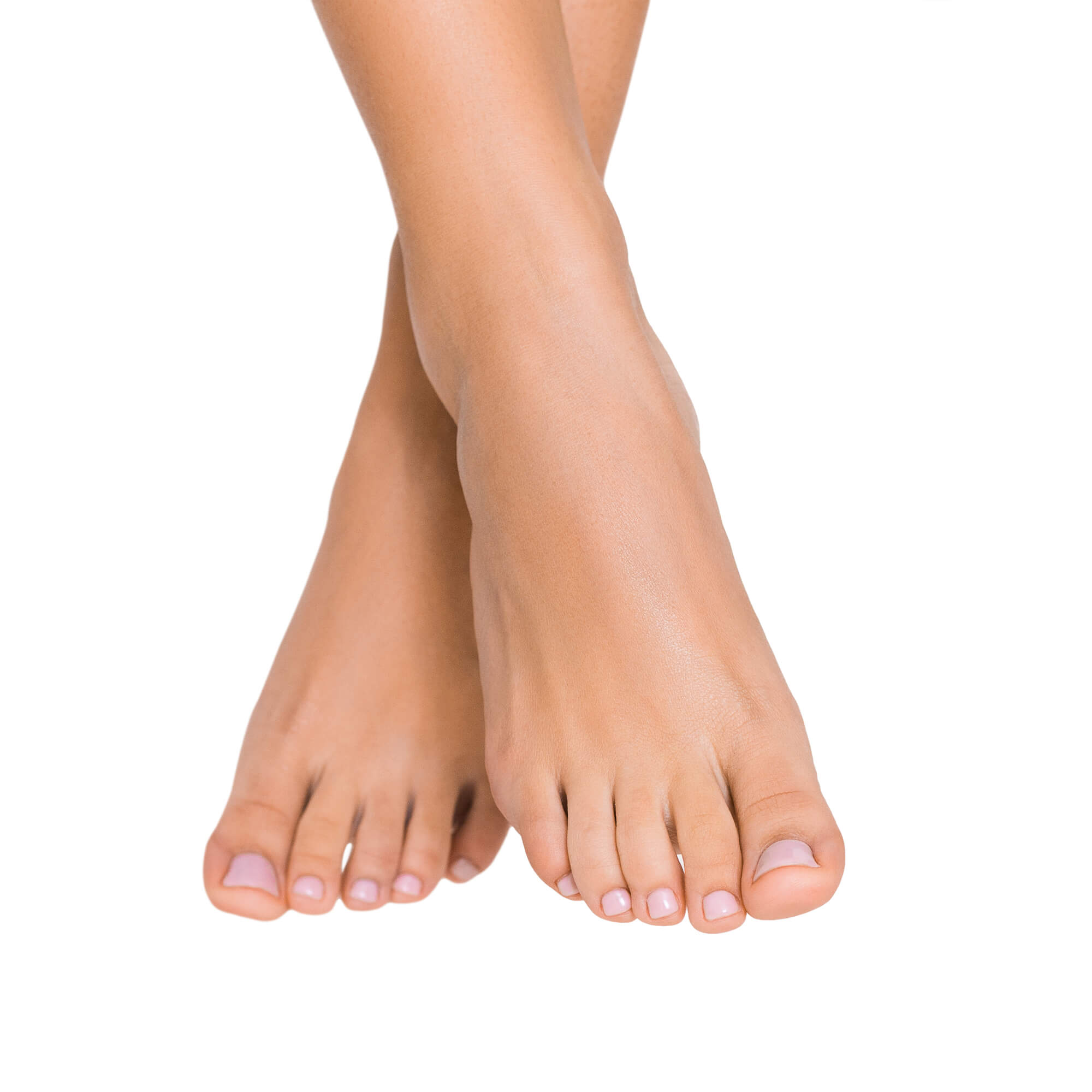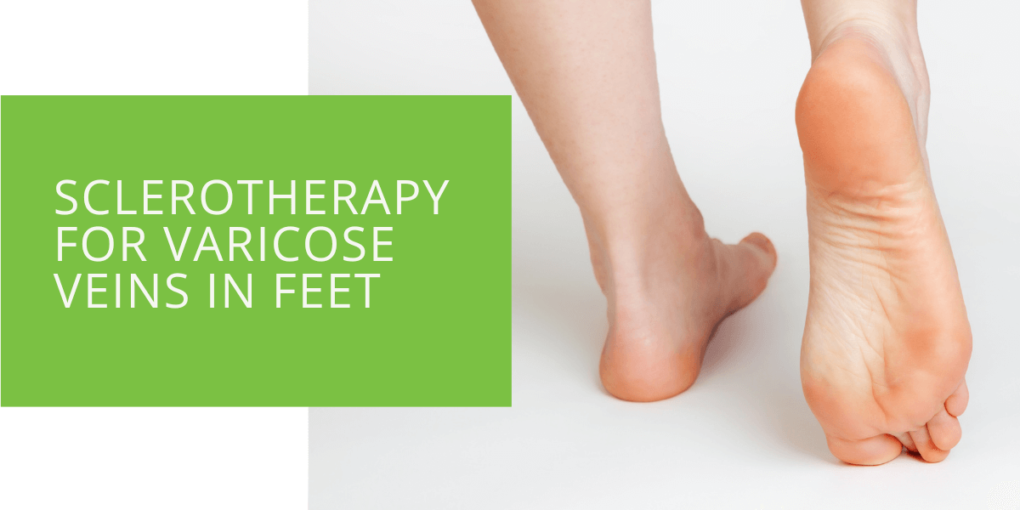Sclerotherapy for Varicose Veins in Feet
Varicose veins are a common condition that affects millions of people worldwide. They can appear as swollen, twisted, and lumpy veins that often appear on the feet and legs. Varicose veins are caused by weakened valves and vessel walls, which allow blood to pool and pressure the veins. If left untreated, varicose veins can lead to more serious conditions such as blood clots, skin ulcers, and chronic pain.
One effective treatment for varicose veins is sclerotherapy. This procedure involves injecting a solution directly into the affected vein, causing it to swell and stick together. Over time, the treated veins fade and are absorbed by the body. Sclerotherapy is also used to treat smaller spider veins, thinner veins often appearing as fine red or brown lines or spots on the legs.
This article will discuss everything you need about sclerotherapy for varicose veins in feet, including the procedure, benefits, risks, and recovery process.
What are Varicose Veins in Feet?
Varicose veins in feet are a type of varicose vein that can cause pain, swelling, and discomfort in the foot and ankle. They are often caused by poor circulation, standing for long periods, pregnancy, and obesity. Symptoms of varicose veins in feet include:
- Swollen, twisted, or lumpy veins
- Aching or cramping in the foot or ankle
- Itching or burning sensation around the vein
- Discoloration or redness around the vein
What is Sclerotherapy?
Sclerotherapy is a minimally invasive procedure that involves injecting a solution directly into the affected vein using a fine needle. The solution causes the vein to swell and stick together, sealing off the vein and rerouting the blood to healthier veins. Sclerotherapy is a safe and effective treatment for varicose veins and spider veins.

Who is a Good Candidate for Sclerotherapy for Varicose Veins in Feet?
Most people with varicose veins in their feet are good candidates for sclerotherapy. However, your doctor will evaluate your medical history and perform a physical exam to determine if sclerotherapy is right for you. They may also recommend other treatments if sclerotherapy is inappropriate for your condition.
You may not be a good candidate for sclerotherapy if:
- You are pregnant or breastfeeding
- You have a history of blood clots
- You have an allergy to the sclerosant solution
- You are taking aspirin or blood thinners
- You have an infection or inflammation at the injection site
What to Expect During a Sclerotherapy Procedure for Varicose Veins in Feet
Sclerotherapy is typically performed on an outpatient basis and does not require anesthesia. The procedure can take anywhere from 15 minutes to an hour, depending on the number and size of the treated veins.
Before the procedure, your doctor will clean the injection site and may recommend that you wear compression stockings to help reduce swelling and discomfort. Using a fine needle, they will inject the sclerosant solution directly into the affected vein.
You may feel a mild cramp or burning sensation at the injection site, but this should subside within a few minutes. Your doctor may also massage the treated area to help distribute the solution and minimize the risk of blood clots.
After the procedure, you can go home and resume normal activities. However, your doctor may recommend avoiding strenuous exercise or standing for long periods for a few days. You may also experience some bruising, swelling, or lumpy areas at the injection site, but these should fade within a few weeks.

Risks and Side Effects of Sclerotherapy for Varicose Veins in Feet
Like any medical procedure, sclerotherapy comes with risks and side effects. The most common side effects of sclerotherapy include:
- Swelling, redness, or bruising at the injection site
- Pain or cramping in the treated area
- Itching or skin discoloration around the treated vein
- Allergic reaction to the sclerosant solution
In rare cases, more serious side effects may occur, including:
- Blood clots in the treated vein
- Inflammation or infection at the injection site
- Damage to the surrounding tissues or nerves
If you experience any of these side effects, contact your doctor immediately.
Recovery and Follow-up Care after Sclerotherapy for Varicose Veins in Feet
After the procedure, your doctor will provide detailed aftercare instructions to help you recover quickly and minimize the risk of complications. These may include:
- Wearing compression stockings to reduce swelling and promote healing
- Avoiding strenuous exercise or standing for long periods
- Elevating your feet whenever possible
- Taking over-the-counter pain medication to manage any discomfort
Your doctor may also recommend follow-up appointments to monitor your progress and ensure the treated veins heal properly. In some cases, additional sclerotherapy treatments may be necessary to achieve the desired results.
Conclusion
Sclerotherapy is a safe and effective treatment for varicose and spider veins in the feet. If you're considering sclerotherapy, it's important to consult with a podiatrist or vein specialist to determine if this treatment is right for you. During your consultation, your doctor will evaluate your medical history, perform a physical exam, and recommend the most appropriate treatment options for your condition.
While sclerotherapy has some risks and side effects, these are generally mild and can be managed with proper aftercare. Following your doctor's instructions and staying vigilant for any signs of complications can help ensure a speedy and successful recovery from sclerotherapy for varicose veins in your feet.
FAQ
Does sclerotherapy work on feet?
Sclerotherapy is a safe and effective treatment for varicose veins in feet. A solution is injected directly into the affected vein during the procedure, causing it to swell and stick together. Over time, the treated veins fade and are absorbed by the body.
How can I fix varicose veins on my feet?
If you have varicose veins in your feet, several treatment options are available. Sclerotherapy is a minimally invasive procedure that involves injecting a solution directly into the affected vein. Other treatments include laser therapy, radiofrequency ablation, and vein-stripping surgery. Your doctor will evaluate your condition and recommend the most appropriate treatment options for your specific needs.
Should I stay off my feet after sclerotherapy?
While you do not need to stay off your feet after sclerotherapy, your doctor may recommend avoiding strenuous exercise or standing for a few days. This can help minimize swelling and discomfort in the treated area.
What are the dangers of sclerotherapy?
Like any medical procedure, sclerotherapy comes with risks and side effects. The most common side effects include swelling, redness, or bruising at the injection site, pain or cramping in the treated area, itching or skin discoloration around the treated vein, and allergic reaction to the sclerosant solution. In rare cases, more serious side effects, such as blood clots in the treated vein, inflammation or infection at the injection site, and damage to the surrounding tissues or nerves, may occur. It's important to discuss any concerns you have with your doctor and to carefully follow their aftercare instructions to minimize the risk of complications.

